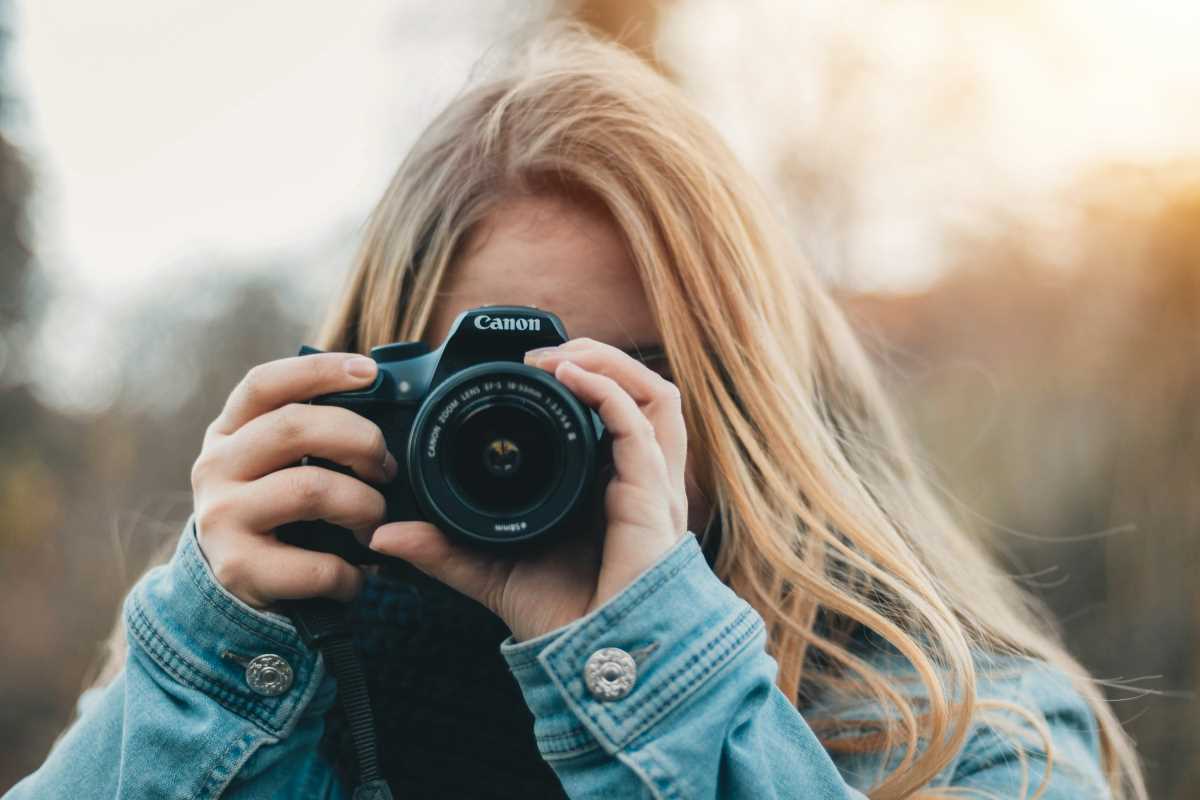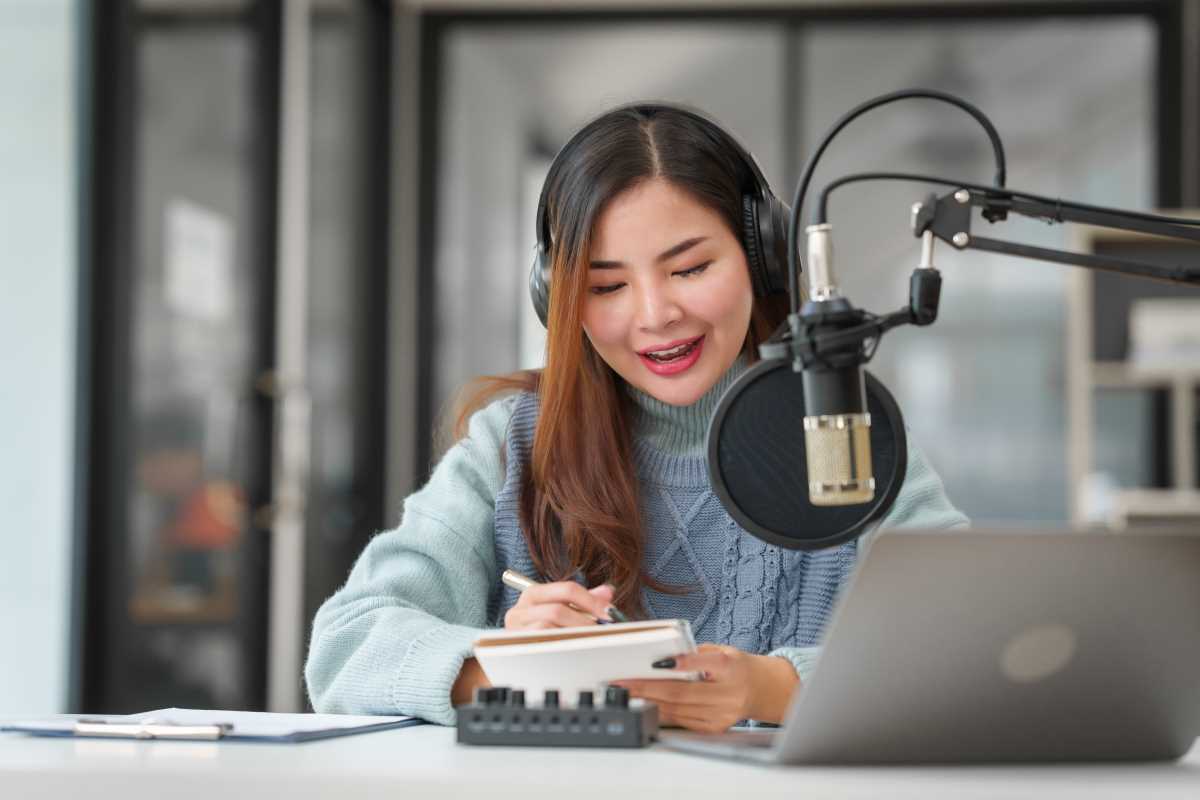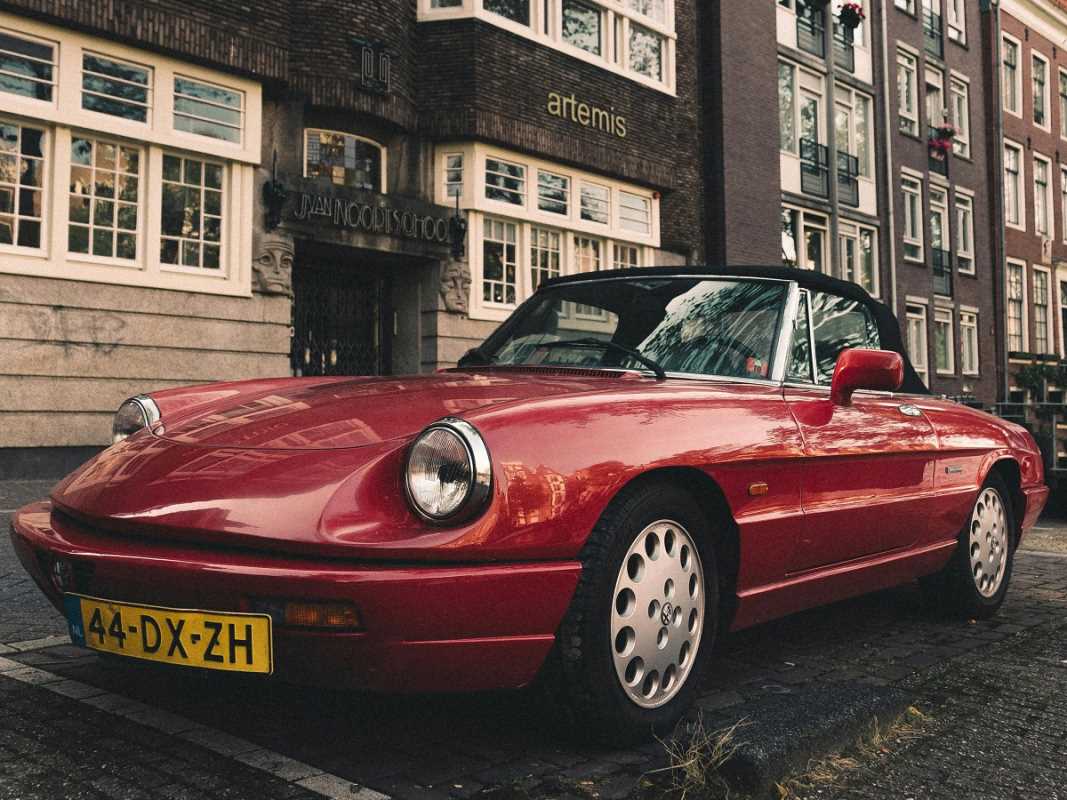Staying ahead in creative media means keeping your finger on the pulse of digital photography’s evolving landscape. Forward-thinking tech enthusiasts are not just observing trends but actively using them to create fresh, innovative content across platforms. The pace of technological advancement offers infinite possibilities, and those who can harness these trends wisely are transforming the world of visual storytelling. Here’s a deep look at the digital photography trends that are reshaping creative media today.
Harnessing Artificial Intelligence
Artificial Intelligence (AI) is revolutionizing digital photography, bringing tremendous efficiency and creative possibilities. AI-powered tools have become widely accepted for their ability to handle complex editing tasks that previously consumed hours. These tools allow photographers to focus on the creative process while minimizing mundane, repetitive work.
For example, some photo editing software now leverages AI to instantly detect faces in a crowd, allowing creators to isolate and enhance each individual effortlessly. AI algorithms can retouch portraits by smoothing skin tones, removing blemishes, and adjusting lighting with such precision that the final product still looks natural. Tools like Adobe Sensei and Luminar Neo are also groundbreaking in suggesting compositional improvements based on rule-of-thirds or leading lines principles.
Beyond just editing, AI is driving innovation in image generation. Text-to-image software such as DALL-E and MidJourney offers the ability to conceptualize entirely new visuals from a simple command. Imagine being able to generate hyper-realistic landscapes or fantasy-inspired cityscapes from just a creative idea. This opens up possibilities for unique content creation, with minimal user input.
AI is also improving workflows by suggesting keyword tags and cataloging images, saving creators hours of work. For tech enthusiasts, the combination of creativity and efficiency makes these tools indispensable.
The Rise of Computational Photography
Computational photography is a trend that continues to thrive, thanks to advancements in both hardware and software. Today’s smartphones and cameras are capable of combining multiple images into a single, stunning shot, something that would take considerable skill and equipment just a decade ago.
One hallmark feature of computational photography is High Dynamic Range (HDR) stacking, which balances light and shadow perfectly, even in challenging scenes. Night mode is another frontrunner, allowing creators to take sharp, vibrant images in near-total darkness. Apple, Google, and Samsung are investing heavily in optimizing these technologies, elevating the standards of smartphone photography to something once reserved for DSLR users.
Deep fusion is one of the more recent breakthroughs in computational photography. It combines multiple images with varying textures to ensure every detail is crisp, from strands of hair to the texture of fabric. This not only enhances portrait photography but also enables products and architecture photography to reach new levels of detail.
One exciting implication is accessibility. Dedicated cameras are no longer a prerequisite for creating professional-looking images. This democratization of photography allows more creators to enter the field and explore their artistic potential.
Authenticity Through Minimal Editing
Audiences today want visuals to feel genuine. Slick, overly polished images can come across as staged or disconnected from reality. The current shift toward authenticity emphasizes minimal editing, natural color grading, and an overall raw aesthetic.
This approach aligns perfectly with the increasing demand for personal connection on social media. Platforms like Instagram and TikTok see higher engagement on posts that reflect the real world, imperfections and all. A candid, unfiltered moment from behind-the-scenes often resonates better than a studio-perfect shot.
Photographers like Peter McKinnon and influencers in the lifestyle space are championing this trend by sharing “unedited vs. edited” versions of their photos to showcase their process. Natural lighting is becoming a preferred method over artificial setups, while color grading often takes inspiration from vintage film stocks.
The beauty of minimal editing isn’t limited to social media. Brands are also catching on. They’ve begun shifting away from idealized advertising toward campaigns that center on honesty and relatability. A perfect example is Dove’s "Real Beauty" campaign, which celebrates natural aesthetics over airbrushed perfection.
3D Imaging and Mixed Reality
Immersive media is no longer science fiction; it’s here, and it’s reshaping how we capture and experience photography. Technologies like 3D imaging and mixed reality (MR) are adding depth, quite literally, to visual storytelling.
Using depth mapping, photographers can create imagery that adds an interactive layer to the viewing experience. For instance, 3D architectural tours are gaining traction in real estate. Prospective homebuyers can walk through properties virtually, exploring details as if they were physically present.
Volumetric videos are another leap forward. By capturing action from multiple camera angles, volumetric video creates dynamic 3D renderings that people can move around in. Think of it as combining photography, videography, and holographic imaging into a seamless experience.
Mixed reality photography allows creatives to merge virtual objects with real-life settings. For example, fashion brands are using AR-enabled fashion shows, where viewers can interact with virtual garments. These innovations aren’t just limited to industries like gaming or fashion; education, medicine, and cultural preservation are also exploring these new mediums heavily.
For tech enthusiasts, these advancements make experimentation truly exciting and invite new approaches to telling immersive stories.
Smartphone-First Creativity
The evolution of smartphone camera technology has entirely changed the creative process. The idea of always having a camera in your pocket comes with immense opportunities. Creators no longer have to set up a professional shoot to produce stunning imagery; instead, they can shoot on-the-go, capturing moments as they happen.
Smartphone-first creativity is even influencing social media trends. The rise of vertical video is a direct result of mobile-first content consumption. Major platforms like Instagram Reels and YouTube Shorts prioritize portrait-format videos, encouraging creators to adapt.
Multi-lens phones like the iPhone Pro series or Samsung Galaxy Ultra enable different types of shots, from ultra-wide landscapes to long-distance zooms. Computational bokeh for portrait photography mimics DSLR-quality background blur, giving users professional-quality results.
Apps designed with smartphones in mind, like Snapseed or VSCO, allow users to edit their work instantly. This combination of technology and portability makes it easier than ever to experiment and build unique content.
Sustainable and Ethical Imagery
Sustainability is becoming more than a trend; it’s a necessity for modern creators. With the climate crisis taking center stage, there’s a growing emphasis on environmentally-conscious photography. Creators are adopting practices to reduce their carbon footprint, from energy-efficient lighting to minimizing digital storage requirements.
Ethical imagery goes hand-in-hand with sustainability. Misleading photo manipulations and excessive retouching are being scrutinized online. Transparent storytelling, where creators disclose their editing process or use "before-and-after" comparisons, is now more appreciated by audiences.
This movement also promotes representation. Stock photography platforms like Unsplash and Pexels are actively diversifying their libraries, showcasing different ethnicities, body types, and gender identities to avoid perpetuating stereotypes.
For responsible creators, combining art with ethics builds trust with audiences while delivering meaningful content.
Community-Driven Trends
The digital photography community has never been more collaborative. Online platforms and forums help creators share knowledge, critique each other’s work, and shape trends collectively. Reddit hubs like r/photography or Facebook groups centered on niche genres provide access to global talents instantly.
Open-source editing tools, like Darktable and GIMP, allow photographers on any budget to showcase their skills. Editing challenges hosted on platforms like Discord encourage experimentation while fostering camaraderie among participants.
Collaborative portfolios have become increasingly common as professionals pool resources to improve their visibility. By working together, creators amplify each other’s reach while producing fresh, unexpected outcomes.
Photography communities add a layer of democratization to the field. Instead of trends being dictated from the top down, they evolve organically.
 (Image via
(Image via





